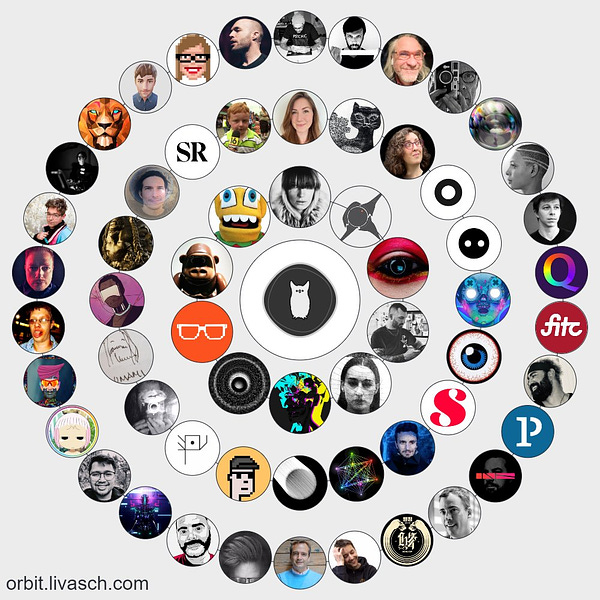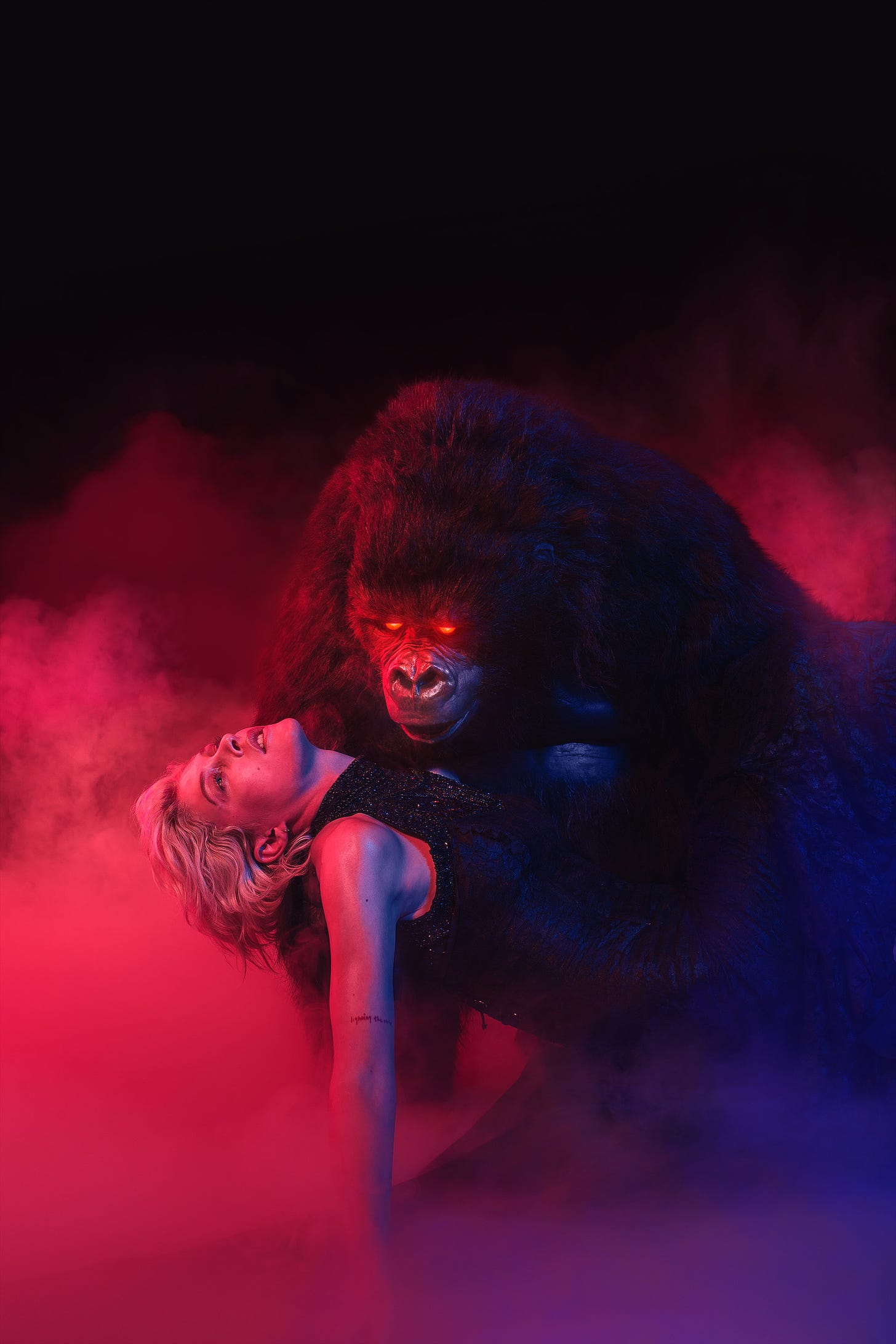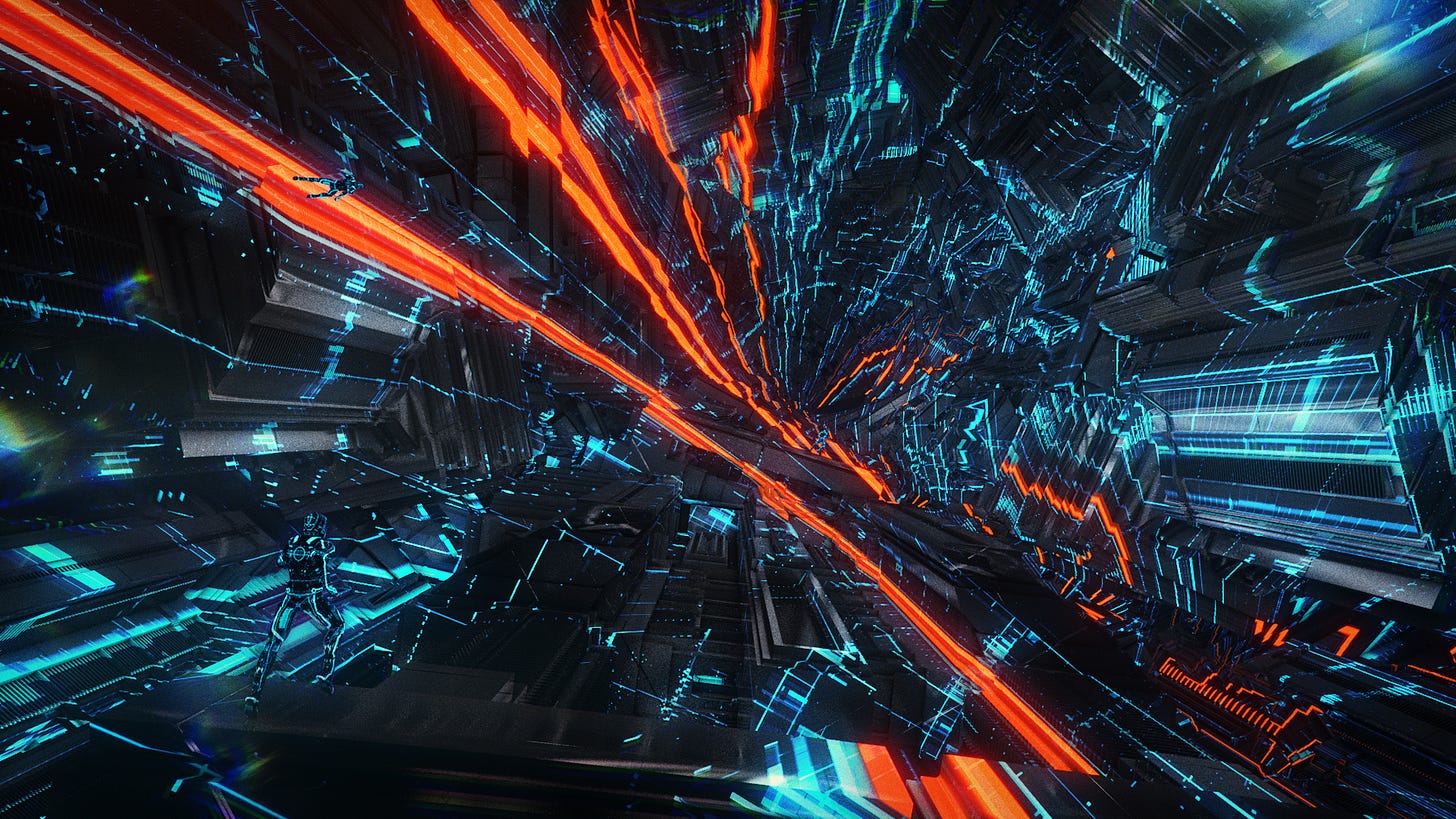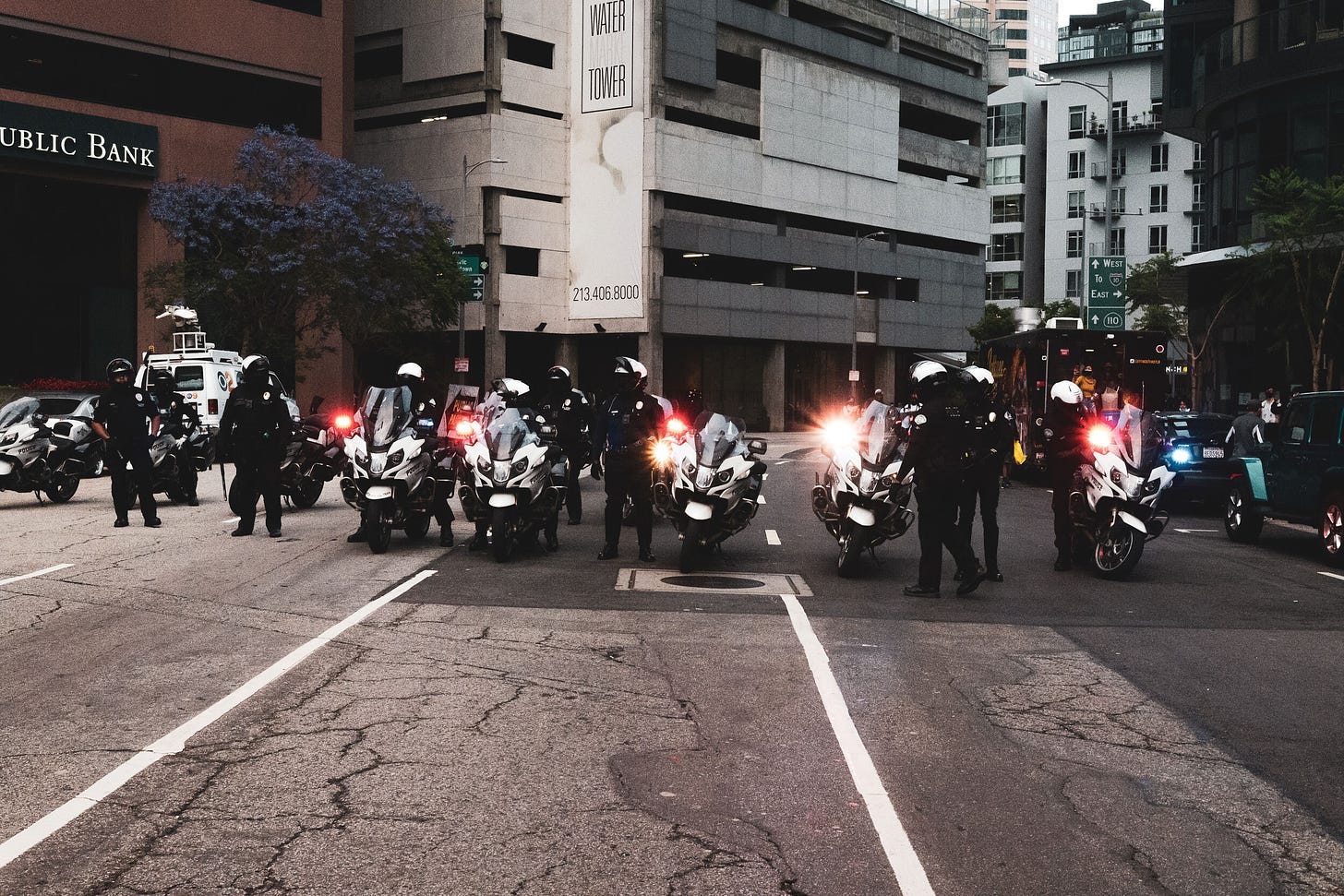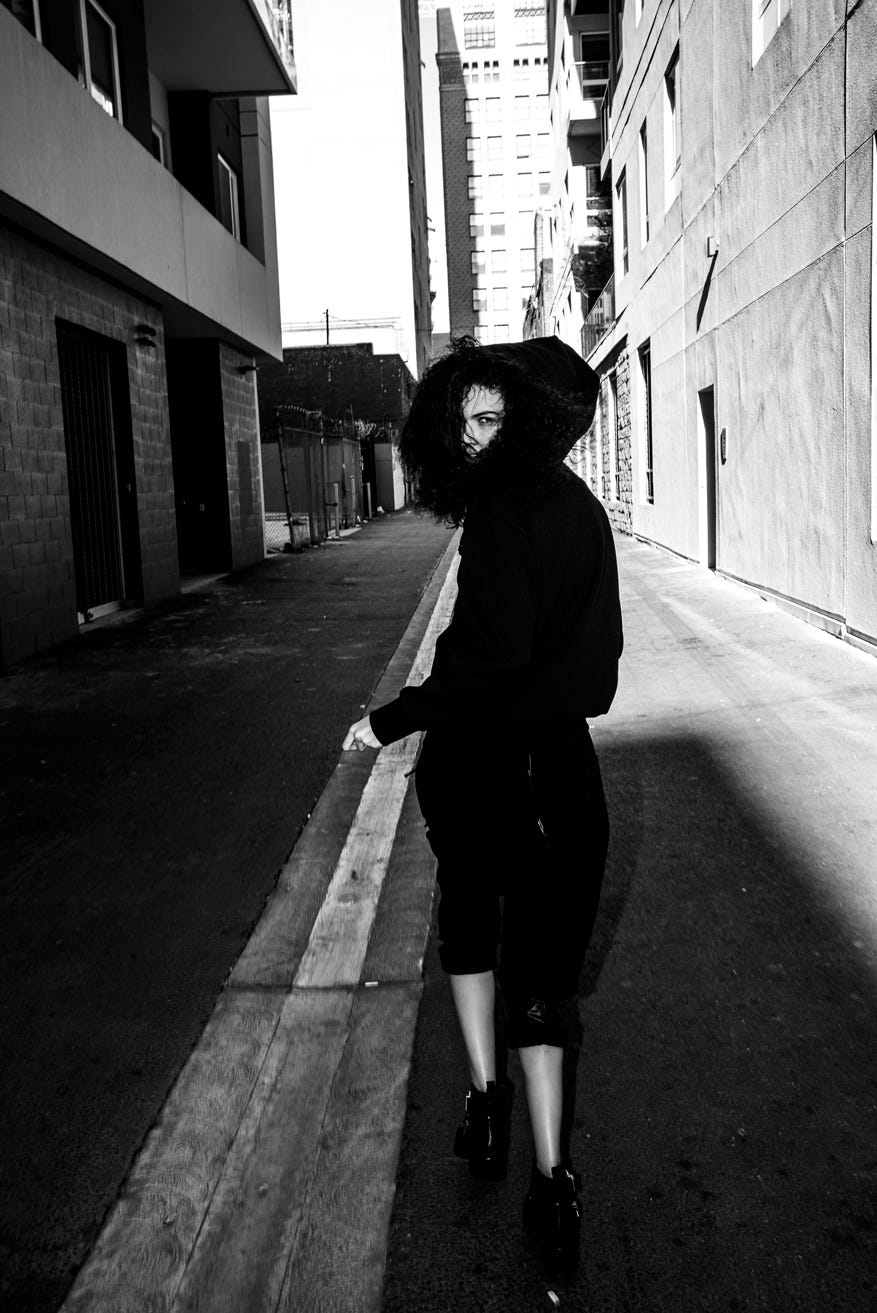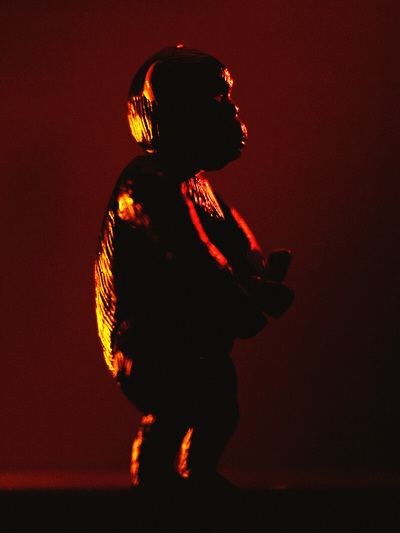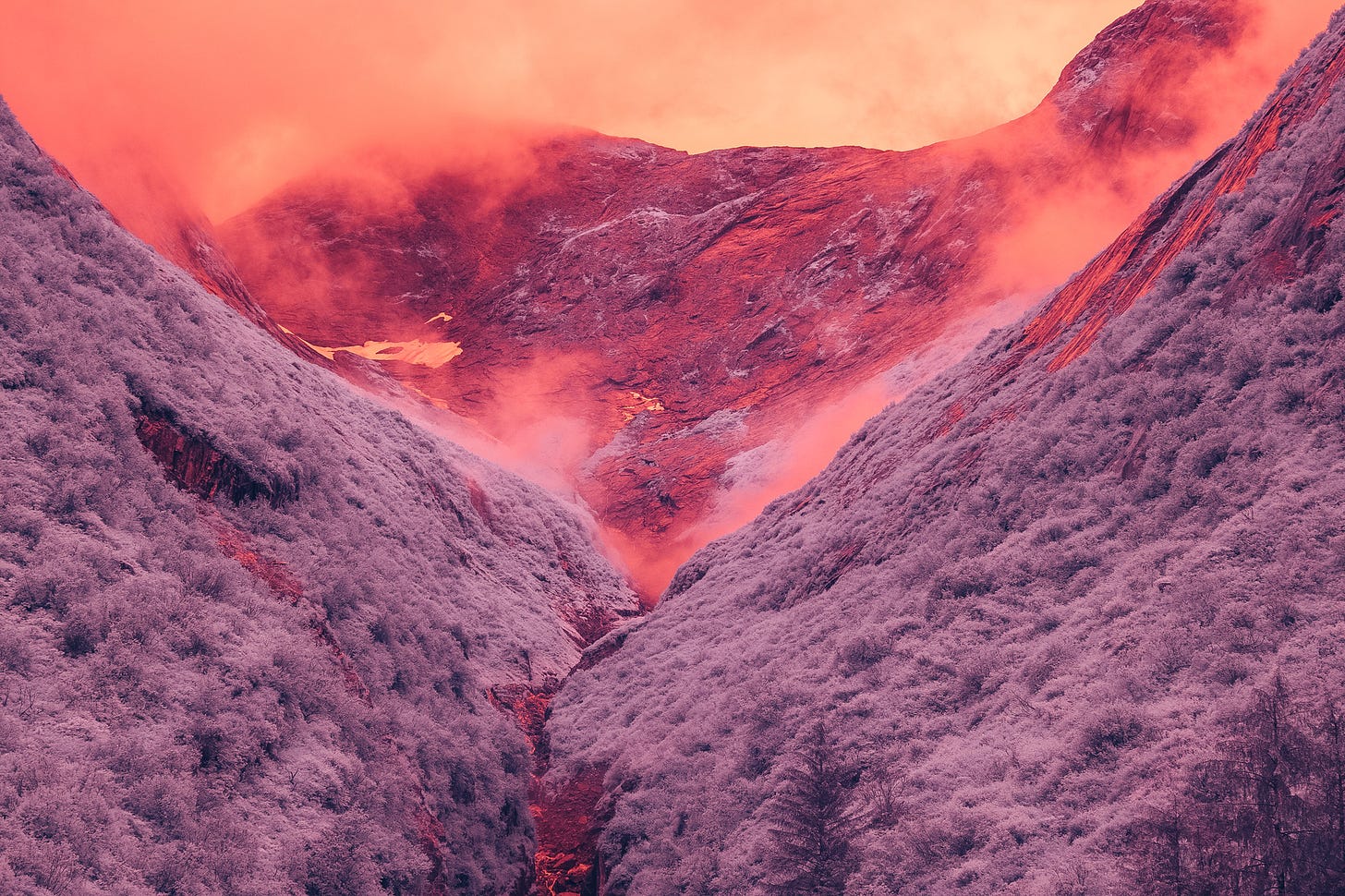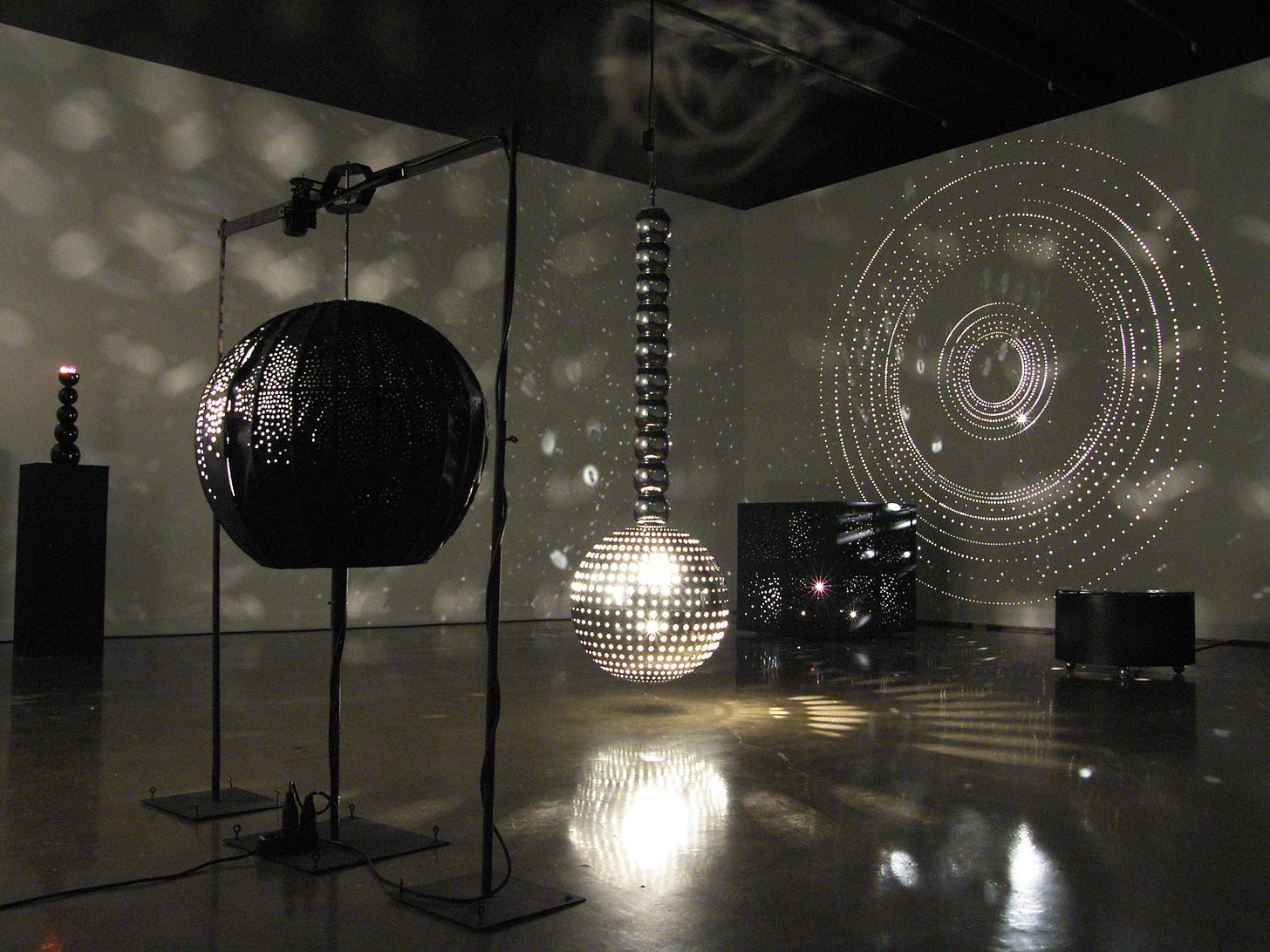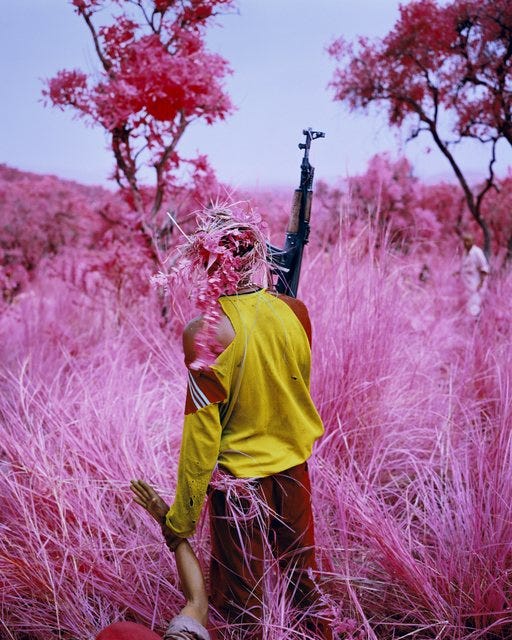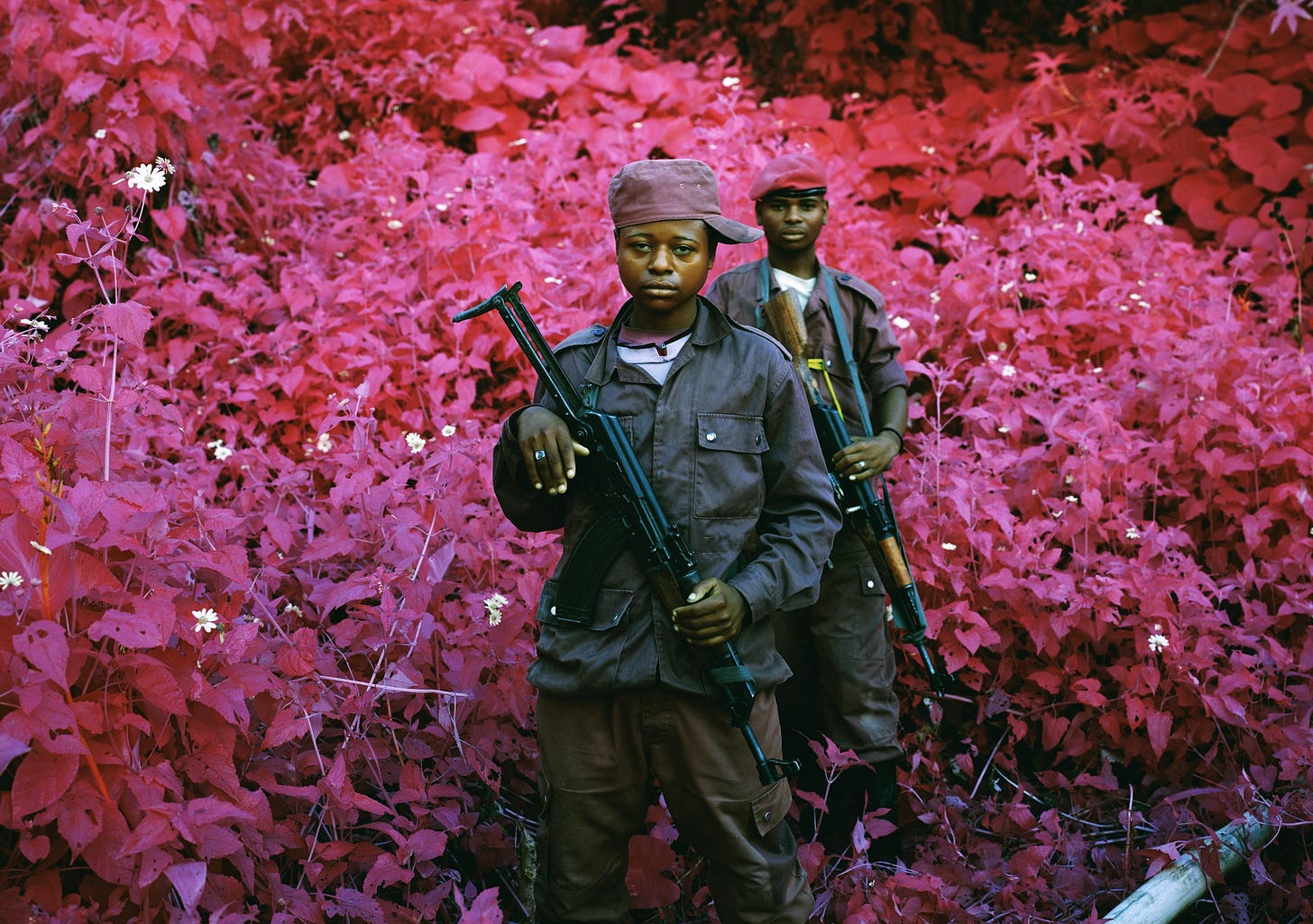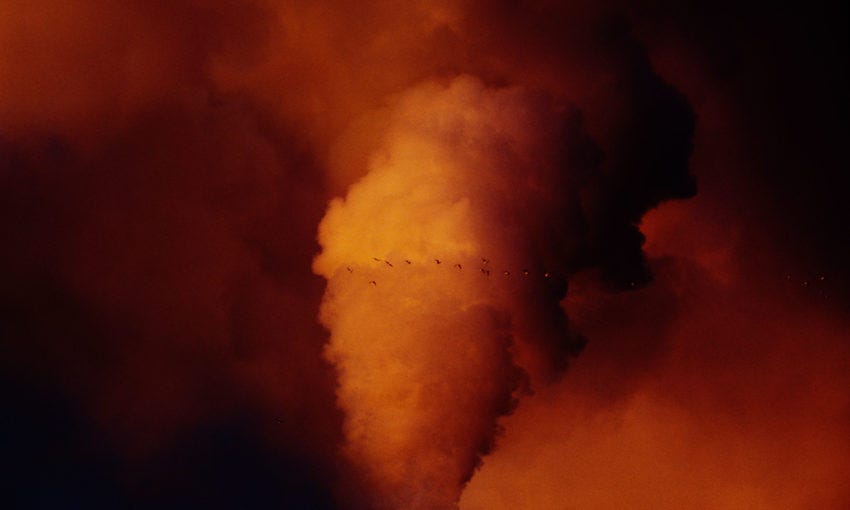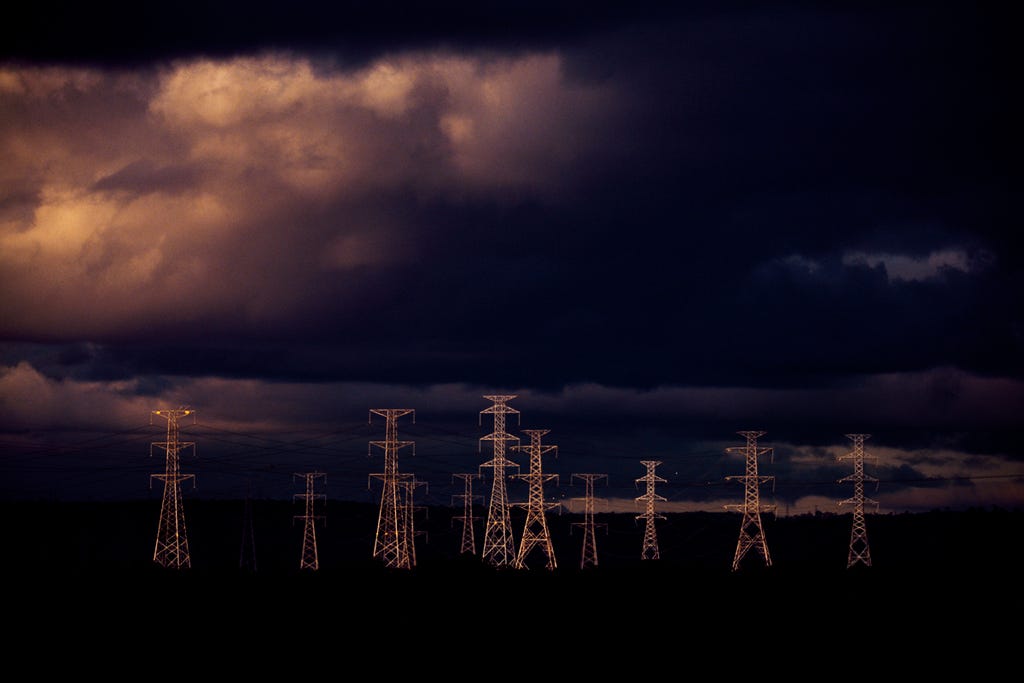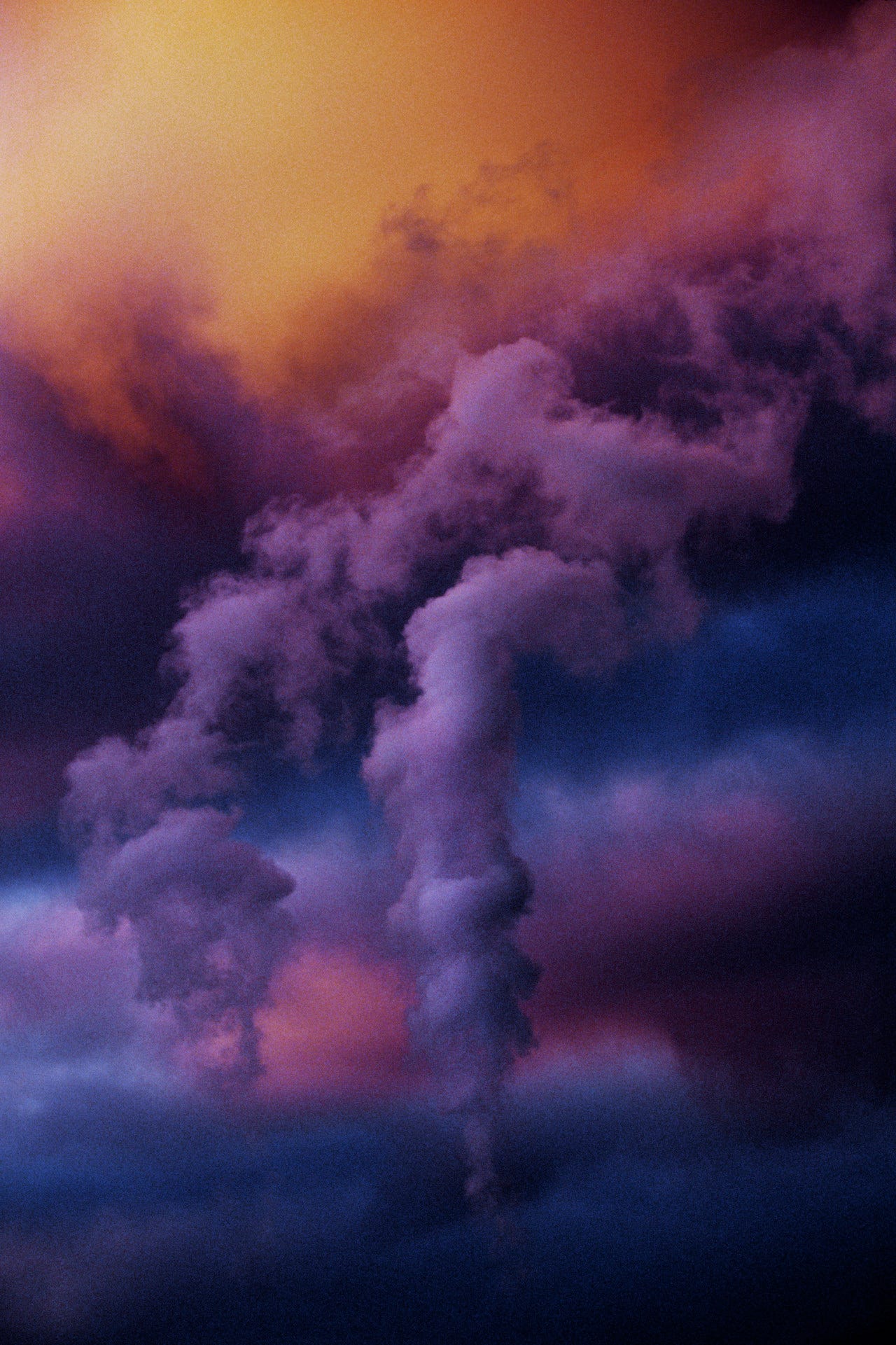I give up (not really, but bear with me).
The way things have been lately is a fanatic dystopian blunder. Those that were ready for the hustle are those that benefit or have benefitted most, the influencers and those that were working for the dot-coms for the last 30 years. The New Media Crypto soft-punks were so infatuated by money they created their own, and the influencers so wanted influence they pretended to invent the very word “influence".” Institutions we have long held dear or held back are in the midsts of tumbling, crumbling, free-falling or completely transformed into something bizarre with wings – and those that have survived are the ones that always survive, and are at this moment figuring out ways to retain their power. Nothing is as it seems, and nothing is what it was before. It seems like we are all riding the gargoyle of culture into the darkest recesses of our collective dark, dark night.
As the waning-days of the pandemic show us a light at the end of the tunnel, we have to wonder if the light isnt just fires and the smokey darkness of putting them out. Everyone is on their last nerve (or someone else’s), and some have decided that they can or should make literally anything they can think of and sell it on a social media platform that you PAY to post. Think of these gateways as a combination of the worst of Instagram and Twitter with eBay fees that change not only daily, but moment by moment – and are inflated up to 8,000 percent. We are being led to sell everything that is on our minds, or hard drives, and perceptions of self or personas we want to be, to become rich with something we now know without a doubt doesn’t actually exist.
But, no one wants to hear that. In fact, they will talk over you or shut you down on a platform where unrelenting moderators that have no reason moderating tell us all to “be nice”, that this is a “safe place.” Since when has being nice or for that matter safe gotten anyone anywhere? If you point out the flaws of this or that, you aren’t just a critic, you are “toxic”. So, maybe toxicity is the new heterodox. I think I’d rather be toxic than take on the orthodoxy of mediocrity, and shutting-up, or being gaslit, so someone else can lie to all of us. Hope? Do we need hope, or do we need to work hard to make this world something other than some e-marketers wet dream?
My freedom is Hegalian, not Marxist. Both philosophers came up with concepts of freedom, the difference being one thought freedom was the end of one form of economic slavery for another and one thought freedom is when we create something new. Let me let Fukuyama explain:
“For Hegel, freedom was not just a psychological phenomenon, but the essence of what was distinctively human. The emblematic starting point for this process of self-creation is the struggle to the death for pure prestige.”
― Francis Fukuyama, The End of History and the Last Man
You see for Hegal, maybe this all would make more sense. He said, “The forms of thought are, in the first instance, displayed and stored as human language.”
The Science of Logic (1812)
So we get down to it, I want to talk about what images we are sharing and selling and get us to ask ourselves a simple “why.” What is this visual language we are evolving into, and how it’s happening so fast we are all having a hard time reading the signs – it needs a bit of literacy that I feel like is lacking. Which leads me to the idea of visual literacy. So what is Visual literacy?
Visual literacy is the idea that pictures and pictographs can be read, like a book, for information which includes emotional and cultural information. The idea of visual literacy extends the idea of literacy to not just include texts, written or printed or read on a screen, but also images. On a real elementary level, to be visually literate you can look at an image and discern what it represents or means, or you can evaluate its worth based on how it communicates baseline ideas. This also means that “professionals” can illustrate meaning and specificity by imbedding their implicit understanding of the world in an image to communicate this to us all. This in a sense is why we have artists: cultural workers, evaluating the world.
Now for any literacy to work, as you would imagine, there must be some sort of accepted observation of experience; e.g. a truck is a truck or lorry (if your English is British Imperial) or a fox is a fox, etc. This is in the same sense what we deal with when we look at an image of recognizable objects or symbols in a space. An artists portfolio of work necessitates an understanding of them documenting personal experiences, whether this be internal or external (political, or polis meaning in this case: communal). Any created object, art, replicates this experience – this can be directly as in documentary, or indirectly as in a mental exercise that reveals, or enlightens something that is not usually accepted.
A visual methodology that simulates is usually safer than direct engagement. Simulations allow for safe experimentation and practical or skilled experience, while adapting reality but not completely engaging in it. It’s a mediation between actual experience and the experience itself. This is what many artists do, and I would say in the NFT space is it what 99.999% of the artists do. Notice all the talk about “safe spaces” for exploration, and engagement. My first thought is, “but what are they saying?” What can we read?

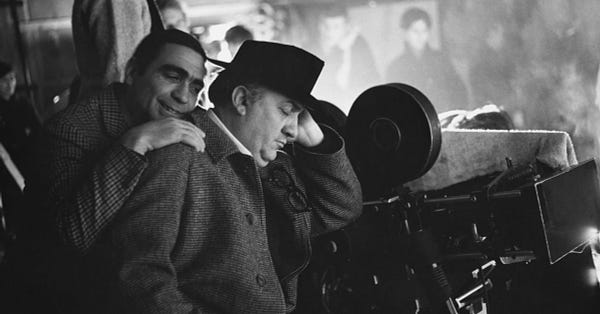
I think to be visually literate when it comes to photography – my medium and the brunt of what it is I have a stake in – we have to realize what it is the camera actually does. Technically, it simply uses light (and darkness) to write an image on a medium such as celluloid or sensor tech that happened in an instant. From there we can choose “the best” image or use whatever it was that was taken at that moment in time and manipulate it into whatever else we want it to be. In the broadest sense, a photographic or cinematographic image is simply a copy of a reality situated in such a way to recant an experience as it happened or illustrate a reality that the author of that image wants to convey. This process hasn’t changed much in 180 years.

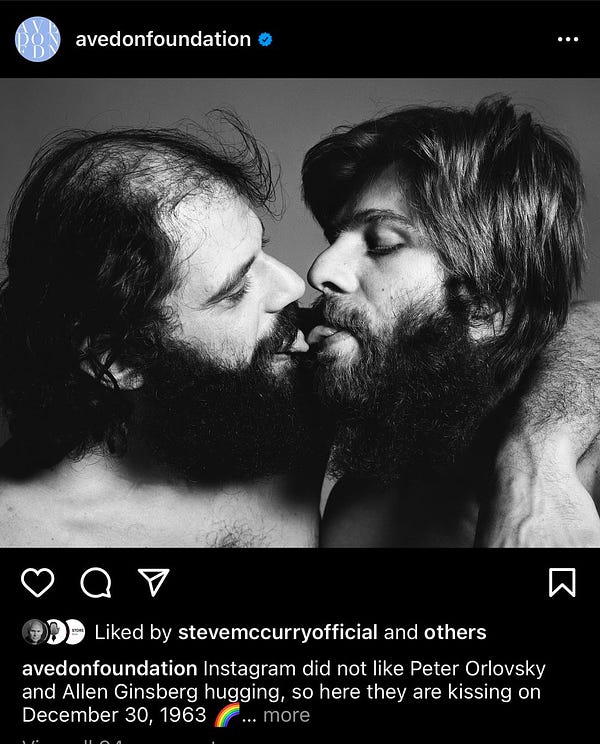
Another part of visual literacy, obviously, is being given/taught the various histories or cultural history of the visual language of the medium. Which includes why we do certain things, and culturally what it represents. The visual medium itself has often been influenced – like everything else – by its economic realities. Dare I say most visual artists have to have a day job to do their art. Those that have been most lucky are the ones that have a day job that has SOMETHING to do with their art.

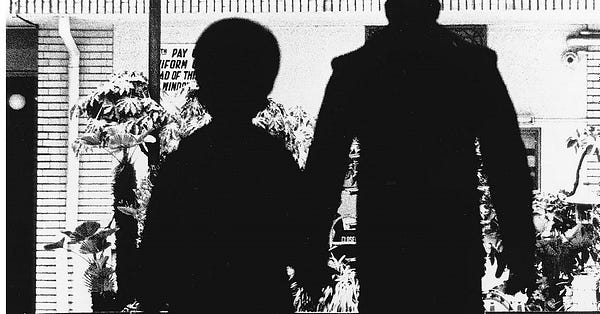
However, this is not always the case. I like to use the PROVOKE photography movement from the late 1960s as an example of this push away from commercialized infection of art and art creation.
PROVOKE was born of its far-left political leanings. The traditional infrastructure of Japan had been mostly destroyed since the nation’s loss in WWII. By 1968, things all over the world had gotten wacky. As in most metropolitan cities, protests and actual riots occurred – many student based and young people based. The PROVOKE acuity to an aesthetic of “are-Bure-boke” or blurry out-of-focus images was a direct response to not only shooting high ISO film at night where you had to slow the shutter speed to a crawl and shoot people running in these riots, but also as a direct affront to the commercial and journalistic images from news and the illustrative press. Although PROVOKE didn’t align itself with a particular political message, it often was accompanied with one that was set the challenge the norms of contemporary society, even to break it down.
The visual encoded language of PROVOKE’s grainy, blurry hardly focused imagery was the immediacy of the image taking itself, more akin to everyday snapshots than to that of the skilled studio artist or the journalist on assignment. That is not to say it was without SOME structure, Daido Moriyama himself was trained as a commercial graphic designer - so you could say inherent in his capture was a sense of what makes an image, and what SELLS it. What the three lead photographers of this movement did, Nakahira, Takanashi and Moriyama, was affront the technological precision of the photographers of the time and take it more into the emotional realm. Where commerce wanted the new tech of color images, and the art world was just paying attention to color, PROVOKE made harsh monochrome images as their visual manifesto. The written manifesto made it a bit more clear, “Today, when words have lost their material base – in other words, their reality – and seem suspended in mid-air, a photographer’s eye can capture fragments of reality that cannot be expressed in language as it is.” This was a subjective viewpoint, and much like earlier art movements like surrealism’s manifesto by Andre Breton when it referred to “objective chance” where the subjective and objective position was similar, it was in a way not unfamiliar. Only its execution was different.
So, how does this relate to today’s art boom in the crypto NFT space?

I came out of the old design world of the late 90s first dot com era. There were design shops by the dozens coming up to supply the demand, if not hundreds. Young artists were pulled essentially off the street, or at least directly out of (if not during) art school and asked to code, or learn the New Media tools like Macromedia (later Adobe) Flash, or Photoshop. I had already worked as a graphic designer in the print industry for at least a decade previous to being pulled into design, as it was the only skill I got from my MFA in poetics that could pay the bills regularly, so I came with a pallet of digital tools that I had been working with since at least 1991. A few designers that took the art and design world into the same POV started to stand out, of them Michael Cina, Joshua Davis and Bradley Munkowitz are who I will focus on for this article – you may understand as I reveal a few things – there are others, make your own call.
Joshua Davis started a site called DREAMLESS in the middle of the Dotcom Version 1 era, it was important because it was a BBS forum that really gave these artists-cum-designers a way to share info and release the bats (so to speak). Much of L33T speak and other early internet slang was used on these forums and there were a number of websites and others gateways that showcased designer’s personal projects. Josh was a catalyst until he likely got overwhelmed and artfully started breaking down the code of DREAMLESS in a wonderful stunt where the “forest was burning.” Sort of a cross-reference to his own project Once-Upon-A-Forest, a generative art project using coding and vector art randomly generating a masterpiece of early 2000s digital magnitude rarely seen since.

Now DREAMLESS continues but as a server for the popular world building game Minecraft, maybe this is a poetic precursor to the next stage W3 spaces we are moving into or already have.

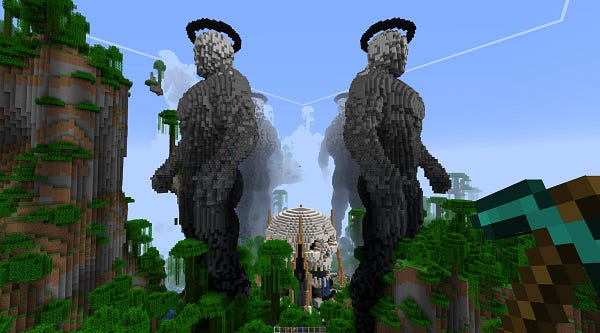
After or during the final stages of a global pandemic, the idea of “SURVIVAL server” has a much more ominous meaning. The social, physical, and economic survival mode is stat currently and the digital/internet world reacted almost immediately. For artists, who were in the wings just waiting, what did they do but jump headlong into the Crypto spaces of smart contracts and Non-Fungible art. Makes sense. The skill was and is definitely there, and there are points of light in legit personal visions. However, my question is and will remain: is the Visual Literacy there in full to have it interact with the mainstream art world? Should it? Does it even matter?
I think it does. I think it’s vital.
FLOWERS 2, MAKE MUCH OF TIME, Michael Cina (2021)
Mike Cina is known to many as an art director and studio owner of Cina And Associates. Clients list for this agency over the last 20 years has some of tech’s and entertainment’s most notable, including Disney, Sony, Ploygram, ESPN/Imaginary Forces and others. Cina, like all of the men I have mentioned here have spoken and been featured in a plethora of design conferences and publications on design art for at least two decades - in Cina’s case as early as 1995. Not only is Mike Cina a great designer, he is a painter and as well sort of a bibliophile – he reintroduced Josef Muller-Brockman’s Grid Structures in Graphic Design to the digital world and that in and of itself likely changed the face of the internet as most UXI workers use it as a bible of sorts or at least have been influenced by it (knowingly or not).
Back to PROVOKE for a second, Takuma Nakahira the spiritual intellectual leader of the movement for all intensive purposes, had this to say in 1969:
“People often ask me if photography is a form of art or documentation. Without doubt, I completely disagree that photography must be art. It is a self-evident truth that photographs are documents, but saying that does not lead to anything. I believe photographs are something vague that transcends documents.”
Hold that thought. Replace photographs with any visual language post the original arts of sculpture, illustration, and painting and you have the core of an essence of something profound here. “[Visual language] are something vague that transcends documents.” This I think is very important to note. We are doing things that transcend the base meaning of simple documentation, but it doesn’t have to have the same meaning or relationship to culture as the art world expects. Foucalt once stated something like authorship (Autre) was becoming closer and closer aligned with someone being able to do both commercial and artistic and not be afraid one or the other was going to be their only path: I think maybe, the graphic designers have gotten us closer than ever to that point. But, where there is authority there, there is also responsibility.
Photo by GMUNK
Bradley G. Mukowitz, or his online persona GMUNK, is a director and digital artist that currently hails from Northern California. His career is an impressive mix of feature film VFX and purely commercial motion projects that integrates light, sound and lens based visual acuity in an extensive list of awe-inspiring projects, and equally a long list of clients and at least as many accolades from the design world.
TRON LEGACY, GMUNK concept
From his earliest days at Heavy NYC design studio his work has been shared widely as one of the premier digital designers in the USA at least, if not the world. Since that time his list of appearances, talks and more is impressive. Essentially his entire adult life, as now he is in his mid 40s, has been over and over again shown to have what it takes to really make it in the high end art-for-hire world. Like Cina, and often with Cina’s WWFT sales platform, GMUNK has been selling artwork to the design community and other like-minded followers. But I often wonder where a designer has the time to create such work when working on client work is the main expressive choice. In GMUNK we have an answer, influencer ambassadorship – where branding is often intertwined with an artists watered-down personal vision.
That’s correct, what a brand ambassador does is deliver a particular vision to a global audience to sell a product – in this case a technological product, the Z system computer by global computing giant HP. Full disclosure, I have been sort of a brand ambassador myself, for Leica Camera. You can see me in the video for the Leica M campaign, “Whatever It Takes — Be Original.”
As well, on another end of things I’ve been covered on the Leica Blog, and for many years had editorials in magazines of my choosing. I’ve also worked in the art dept of feature films like Hellboy doing first line 3D work and From Hell, this was way back in 2000. Similar trajectory.
FLAUNT magazine 2020, Bil Brown
Bil Brown, We Don’t Talk About The Weather, FLAUNT (2017)
Where GMUNK, CINA and I differ is maybe I have, like many photographers and many artists that don’t have the design studios and agencies of choice for the brands we work with breathing down their throats, the luxury of defining my visual language with no need to be beholden to someone saying I am ‘going too far’. I can be political, heterodox, or downright rebellious, and few will be able to stop me. Hell, I even started my own magazine and got it on the shelves at Barnes & Noble for a few years and no one said it wasn’t suited for those shelves.
GMUNK, MUNKY gmunk.com
Then rebellious is something GMUNK is allowed to be, and to a degree Josh Davis (Praystation), because they have gotten to a level where it is expected they are going to take something to a limit. But there IS a limit. Is that art?
When we take the work we have done for a brand, even if it is personal work, it often is watered down from our actual perspective. When that is the work we are doing it tends to define our vision to just the simple technical prowess one would say in a 20+ year career.
GMUNK, Tracy Arm Fjord, Alaska
When Gmunk took his work that was featured in a HP ambassadorship ad and used it as his feature on Christie’s was he being ingenious or disingenuous in doing so? I mean, its a great honor and there is nothing wrong with the submission other than for a photographer it may seem relatively dry when we are dealing with global issues, and well context is important maybe. As Henri Cartier-Bresson said about Ansel Adams, “the world is falling apart and all Adams does is photograph rocks.” Each to their own, but it’s not a heterodox voice. There is nothing particularly revealing about the work, other than it uses full spectrum light in it’s infrared rendering. Whether it was “good enough” or not is not the real issue here, does it have the intention of art? A statement? as Bradley said in his Lot Essay, “The duty of the seer is to witness the unseen, the contribution of the explorer is to chart the uncharted. Each has their vehicle, their instrument and their process. It is on them that we depend for a vision of what is to come.”
I admit, maybe I’m not seeing the brilliance of the work — maybe it’s simplicity is it. On the very page that hosts the digital sale of GMUNK’s Christie’s lot there is a link to the ZERO group our of Germany. One artist Piene is written by his specialist/curator to have “studied the effects of light and shadow on monochromatic canvases. As a boy, he had been a child soldier and spent the war watching for enemy aircraft in the night sky. This experience inspired many of his artworks, particularly those that projected light into space through stencils and perforated panels.”
OTTO PINE
Maybe the particular experience of an artist doesn’t have to be as in your face as what I expect from the Neo-documentation driven photo world. I immediately thought of another photographer (which is never a good thing, but it is something you do when you have a cultural basis in which to pull your knowledge of the medium) when I was looking at GMUNK’s work, it could have been the Aerochrome photos of Richard Moss that made me sigh.
Richard Moss
Moss’s war photos from the Congo were so impactful to me that a simple landscape made me sigh. They were also shot at the end of a particular film’s life in large format, so in a way it was an homage to the very reason the film was made — war.
Richard Moss
I just couldn’t not expect these images, knowing they existed. I think my own visual literacy made me think, if the photographs were going to be taken with any kind of straight-forward and non experimental shooting, then they should at least have the impact of Moss’ imagery, or a sense of what a documentary photo would. This isn’t of course what art does or even what a photograph does, but it is an expectation when you are viewing a photo or short motion piece like a time-lapse.
I also was reminded of the 2020 book by Magnum photographer Trent Parke, Crimson Line, for its impactful story and images of clouds and landscapes around the colorful area where the color red is produced (literally) near his home in Australia.
Trent Parke, Crimson Line (2020)
When I think of the above images and their impact from actual photographers that do as Gmunk said in his lot interview, “It's a process of discovery, where the spectrum of light doesn't reveal itself until you're looking through the viewfinder—essentially serving as a portal to an unseen world of vivid textures and tension.” Does he really do that? Did anyone bother to ask? Or was his commercial prowess enough, I don’t know.

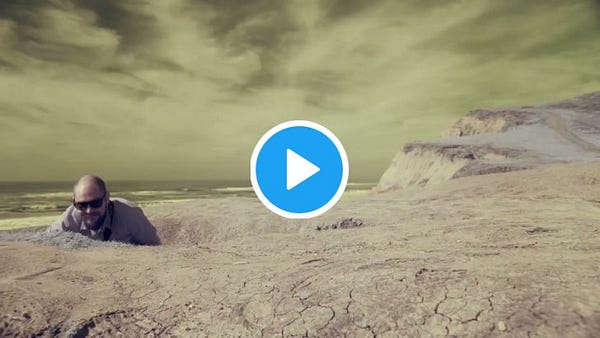
When is it safe to say what we want to say, as artists? Mike Cina made a point:

and maybe this is true too…

So, maybe we are dealing with platforms that create influence, create artists, and create the currency used to buy and sell this art. A self contained space that demands to be a “safe space” to explore as one Clubhouse NFT artist put it, “anything that we can think of making.” Is it any better than the “old way”? I don’t know. It seems immature, but it you know, is very new.
One things I just have to ask of the New Media artists is, please, go a little deeper. Not that anyone has to win me over. It doesn’t matter.
They are doing it themselves.







